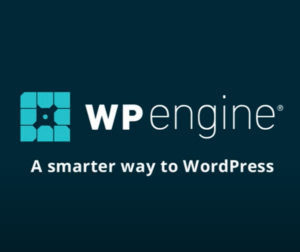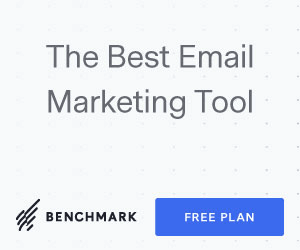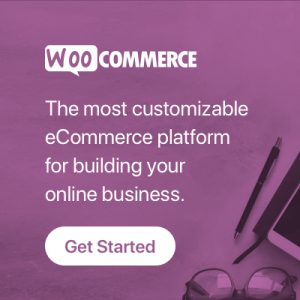Your cart is currently empty!

Sometimes I get quote requests for migrating a WooCommerce store over to Shopify. I can provide a ballpark figure after getting clarity in some areas, namely:
- Which official Shopify theme (or well maintained third party theme) fits the design requirements?
- How much data needs to be brought over (pages, posts, products, coupons, categories, customers, order histories)?
- Which services (Apps) are needed in the new environment?
- Will the WordPress or WooCommerce site remain online for certain traffic?
Ballpark cost estimates
| Item | Hours | Cost |
|---|---|---|
| Setting-up the Shopify store settings (locations, shipping, policies, payment methods, consulting with client) | 2 | $250 |
| Applying style guide (color sets, fonts, menus, header, footer, announcement bar) | 4 | $500 |
| Importing products, images, & coupons (assumes up to 1,000 simple and variable products already exported) | 8 | $1,000 |
| Set-up product collections (tags and rules for categorizing products) | 2 | $250 |
| Designing the home page (hero section, credibility / big numbers section, partner logos, customer pain points, call-to-action, selected reviews or testimonials, solution outline, handling objections, final call-to-action) | 5 | $625 |
| Style tweaks (anything that the theme lacks settings for, using CSS and JavaScript code placed in the Customizer) | 4 | $500 |
| Setup Apps & Embeds (Google GA4 + Shopping, Facebook+IG, Klaviyo/emails, product review service, fulfillment service, SEO tweaks) | 5 | $625 |
| Optional: Import other pages and/or blog posts (depends on size and complexity) | TBD | TBD |
| Optional: Import custom metadata for products (depends on size and complexity) | TBD | TBD |
| Optional: Import customers (not recommended as they will receive email notifications and must set passwords) | TBD | $TBD |
| Optional: Import order histories (not supported by Shopify, must use an App or API feeder, depends on size and complexity) | TBD | $TBD |
| Launch and initial support time (subdomain launch, redirects and menu updates on the main site) | 4 | $500 |
| TOTALS (USD) | 34 | $4,250 |
Free consultation info
In order to get a more accurate estimate, I first need to put together a project plan where we agree on our solution, which I then break down into tasks and line item estimates. Here’s general items to cover:
- General approach
- Shopify best fits more standardized stores that can take full advantage of its built-in tools.
- Shopify has less core and App updates than WooCommerce, but it has more theme updates.
- Themes are powerful though less customizable as they control more and have more opinionated designs.
- To un-complicate theme updates I never edit theme code, instead use the Theme Customizer.
- Avoid getting lost in theme code and Apps, just use things as they were intended.
- I use App Embeds to insert features site-wide or into specific templates.
- Shopify Payments is a must to avoid extra fees and to get full support and use of the built-in toolset.
- Getting approved for Shopify Payments also gets your products listed in the Shop App.
- It only takes a few hours to setup a Shopify store with an official theme (e.g. the default theme is Dawn).
- A bigger portion of my time gets spent in these areas:
- home page design
- product & coupon imports
- product collections & sorting
- customer data
- App setups
- other pages & contents
- custom metadata and interface tweaks
- A bigger portion of my time gets spent in these areas:
- App necessities
- You only need a handful of Apps in Shopify as they have 99% of the typical needs built right in.
- We can connect the existing Klaviyo, GA4, Google Shopping, and product review service accounts.
- Some services like GA4 offer a separate data stream for subdomains.
- Hybrid set-ups that sell the same product on multiple sites long term need canonical URLs set to enhance SEO.
- Options to consider
- Shopify has an optional customer import (which will send emails), but offers no order importing anymore.
- Order histories can be imported via third party Apps or over the API, but it has some limitations, less common to do.
- You can keep basic WooCommerce in a reduced state for a year or two for historic order access.
- Deciding whether to keep WordPress
- When there’s a content marketing strategy, it’s typical to keep the WordPress site for the blog and other SEO contents.
- Hybrid set-ups with Shopify on a subdomain require similar designs so the customer can’t tell as they navigate.
- If launching Shopify on the main domain we’ll need to set-up redirects and migrate pages and posts.
- Next steps
- I first spin up a free dev site and get their feet wet with it.
- Later I pre-launch on shop subdomain for a period at least, if not permanent use on subdomain.
- As soon as I transfer the free dev site ownership we all lose access until client pays for a plan.
Beware that agencies who provide up-front pricing are quoting off-the-shelf project plans that never quite fit a store’s unique circumstances, and usually cost more over time due to inefficient Apps and decisions, theme hacking, and leaving messes behind for somebody like me to clean up later.
In summary, I can help folks ease into change and save them a truckload of money by making wise decisions and releasing changes in smaller chunks.
Are you in this boat? Email me for a free consultation!







